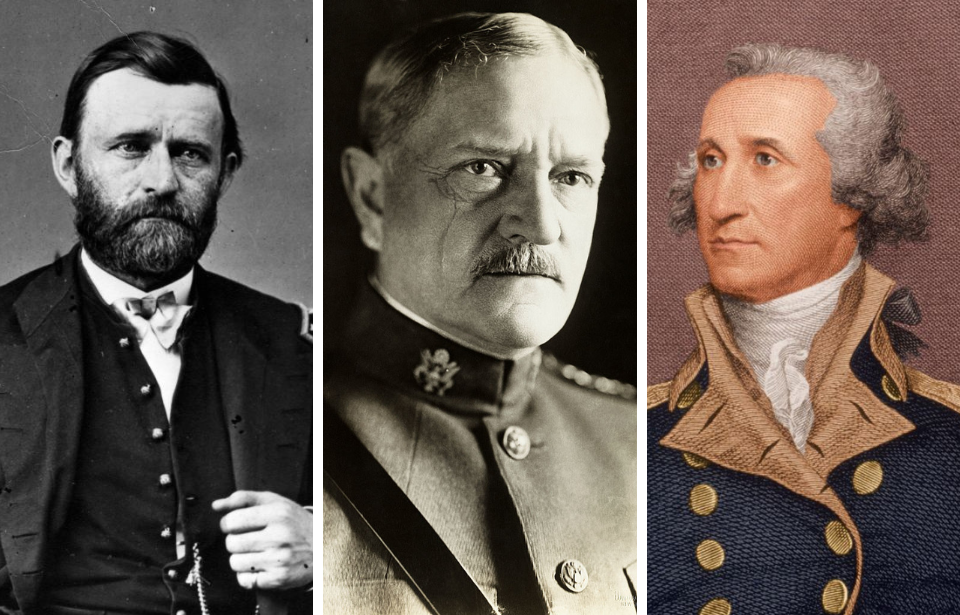The rank of 6-star general is so high in the US military’s hierarchy that it’s only ever been given out three times. One recipient was promoted while he was still alive, while the other two received it posthumously. Their wartime resumes contain many remarkable achievements, making it obvious why they’re the only ones to have ever been granted such a high ranking.
John J. Pershing’s slow climb up the US military hierarchy
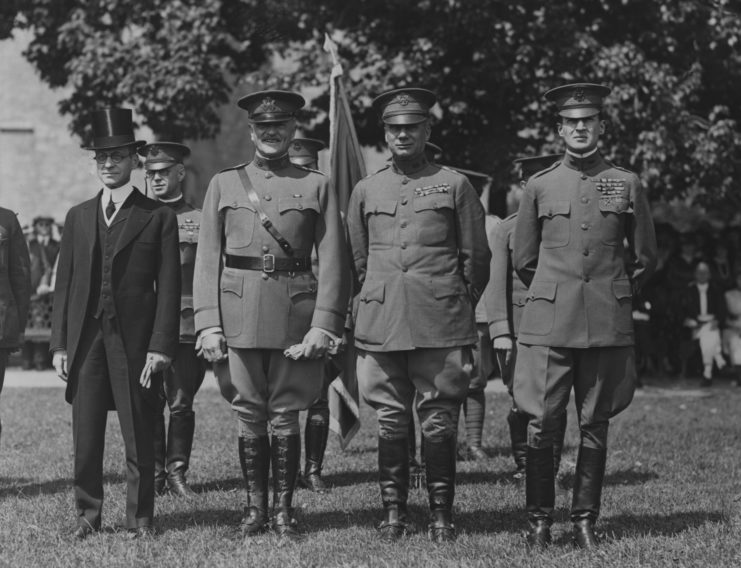
Long before he became a 6-star general, John J. Pershing attended the United States Military Academy West Point. Following his graduation, he spent the first years of his military career fighting the Apache and Lakota Sioux in New Mexico, as well as at other Western outposts. While in Montana, he was promoted to first lieutenant of the 10th Cavalry Regiment.
In 1898, Pershing and the 10th Cavalry traveled to Cuba to fight in the Spanish-American War. He fought in the battles of Santiago de Cuba and San Juan Hill, earning himself a Silver Citation Star that was later upgraded to the Silver Star and a promotion to captain. After heading to the Philippines to lead repeated efforts to subdue the Moro Rebellion, he earned yet another promotion, this time to brigadier general.
In 1916, US President Woodrow Wilson had Pershing lead an expedition in Mexico to search for revolutionary Francisco “Pancho” Villa, who’d recently raided Columbus, New Mexico. The search included approximately 10,000 soldiers and lasted nearly a year. However, despite the efforts of Pershing and his men, which included the defeat of Villa’s forces, the man remained at large.
John J. Pershing refused to sacrifice American lives
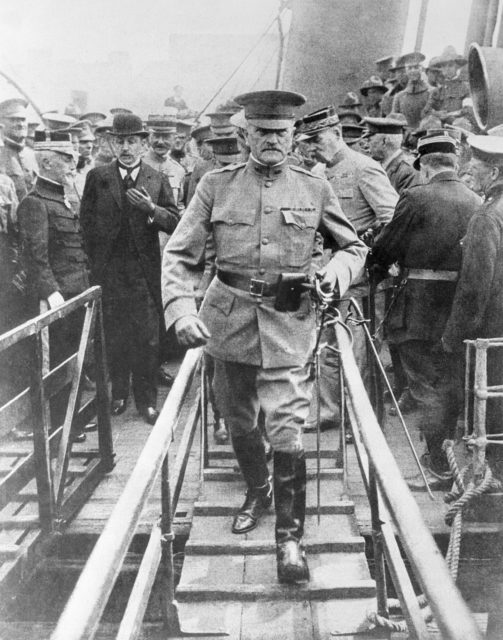
It was when the United States entered the First World War that John J. Pershing’s military service led to his promotion to 6-star general. Woodrow Wilson appointed him commander of the American Expeditionary Force (AEF), and he was sent to France to collect a General Organization Report, which was used to create an army of one million soldiers by 1918 and three million by the following year. He was tasked with turning these inexperienced servicemen into a professional fighting force.
The French and the British wanted to absorb the AEF troops, instead of letting them operate independently. However, Pershing strongly defended the idea of keeping the US Army whole. While the Supreme War Council recommended the amalgamation of US troops into other armies, he refused. He described the decision as “pouring new wine into old bottles.” He wouldn’t sacrifice American lives for cannon fodder.
Promotion to 6-star general
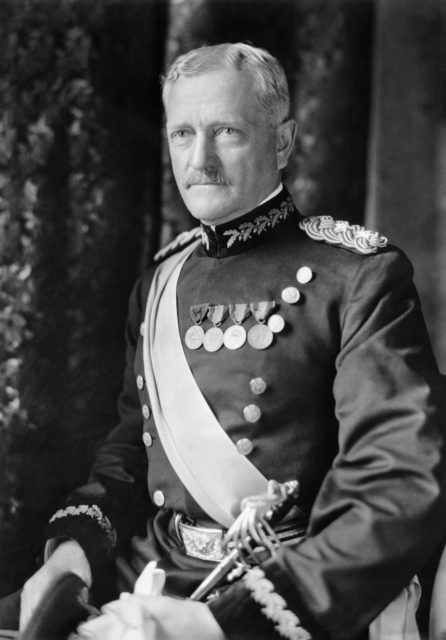
When John J. Pershing returned home, he was recognized for his efforts during World War I, becoming the first person to be promoted to the rank of 6-star general. The title is officially known as the “General of the Armies of the United States,” and as Pershing was the first individual named to the rank, there was no insignia established for the position. This led him to create it himself, wearing gold stars, which differed from the silver worn by generals.
Pershing retained his 6-star rank for the rest of his military career. According to the US Army Center of Military History, he retired from the Army on September 13, 1924, and retained his rank until his death in 1948.
Trouble with George Washington’s military rank
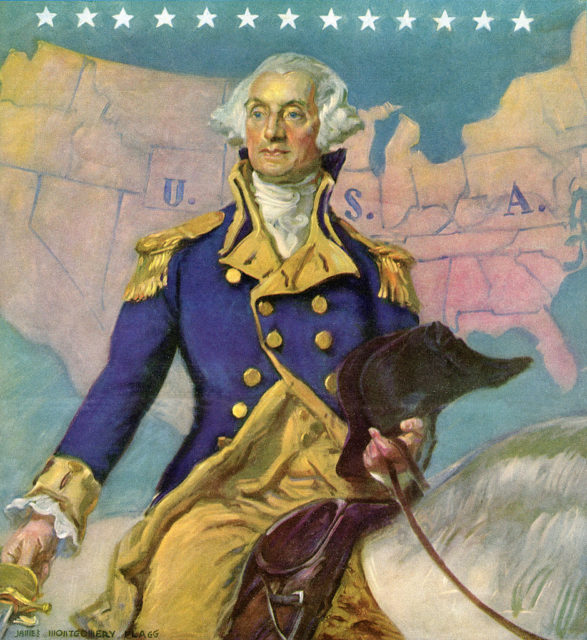
Although John J. Pershing was technically the first person to receive a promotion to 6-star general, it was posthumously given to George Washington, who lived many years prior. Washington served as the first president of the US. Before that, he had served as commander in chief of the Continental Army during the American Revolutionary War.
Washington led the Colonial forces to victory over the British, cementing himself as a national hero. He then became the elected president of the convention that wrote the US Constitution. For everything he did, he died with his highest rank at that time: three-star lieutenant general. That meant plenty of four- and five-star generals outranked the man who built the foundation of the country.
A posthumous promotion to 6-star general
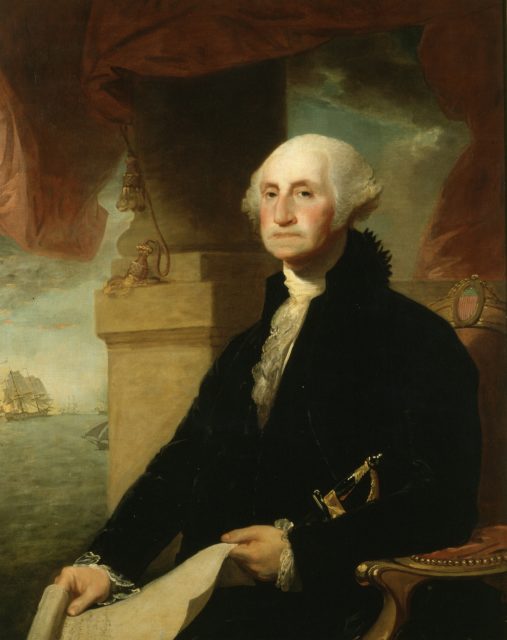
When George Washington was promoted to lieutenant general, four- and five-star generals didn’t yet exist, let alone the rank of 6-star. As these rankings were developed, the US Congress agreed it was inappropriate for the late military leader and president to be outranked by officers who’d served in the American Civil War, the First World War and World War II.
On March 13, 1978, a law was passed to promote Washington to the rank of 6-star general, General of the Armies of the United States, effective July 4, 1976. It determined that “no officer of the United States Army should outrank Lieutenant General George Washington on the Army list.”
As John J. Pershing was also a 6-star general, he didn’t outrank Washington and was therefore allowed to keep his ranking.
Ulysses S. Grant showed military promise from a young age
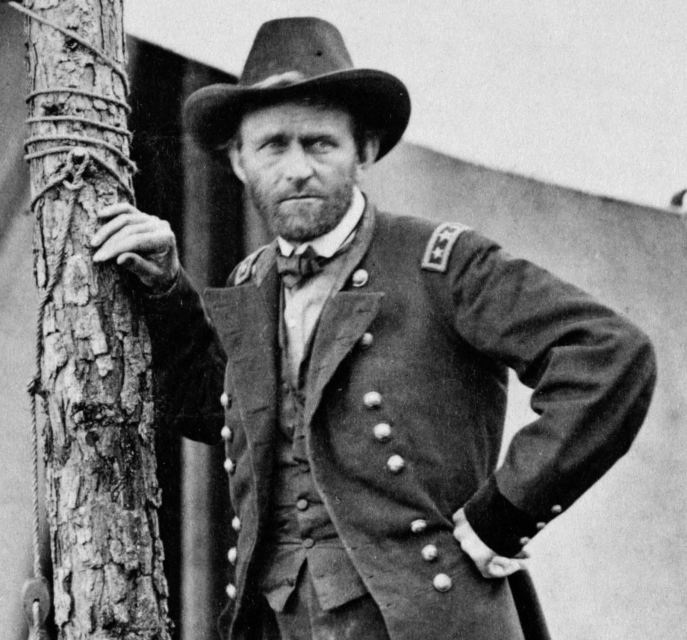
Prior to becoming the 18th president of the US, Ulysses S. Grant had dedicated his life to military service, attending West Point on the recommendation of Democratic congressman Thomas L. Hamer and, later, serving at the Jefferson Barracks, Missouri under the command of Col. Stephen W. Kearny.
Grant got his first taste of combat during the Mexican-American War, participating in the Battle of Palo Alto and several other engagements against the Mexican forces. The conflict allowed him to show his prowess on the battlefield and it didn’t take very long for higher-ups in the military to see the soldier’s potential.
Leading the Union forces to victory during the American Civil War
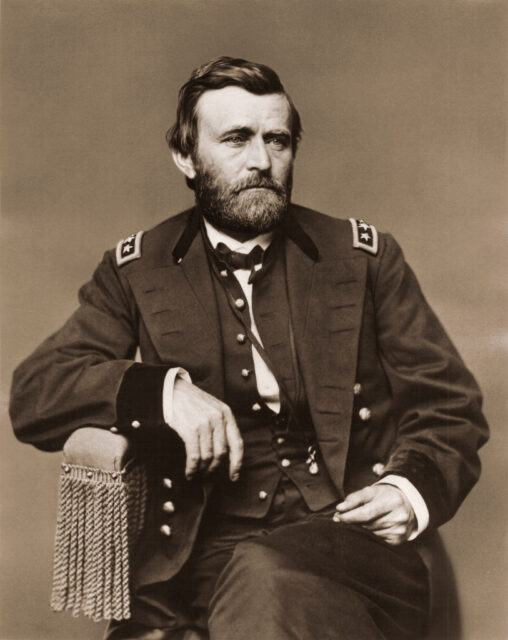
Fast forward to the American Civil War, where Ulysses S. Grant solidified his place in history. Called up by Illinois Gov. Richard Yates to lead the less-than-proper 21st Illinois Volunteer Infantry Regiment, he quickly showcased his ability to whip troops into shape. Before long, he’d been named brigadier general of volunteers (later to be major).
Over the course of the conflict, Grant led his men through many high-profile engagements, including attacks on Fort Henry and Fort Donelson and the casualty-heavy Battle of Shiloh. After skillfully succeeding in splitting the Confederate forces in two with the Vicksburg Campaign, the military leader set his sights on Chattanooga, followed by the controversial Battle of Cold Harbor.
By the Confederate surrender in 1865, Grant had risen to commander of the Army. He subsequently ran for the presidency and was sworn in, in 1869, serving two terms.
A long-overdue promotion to 6-star general
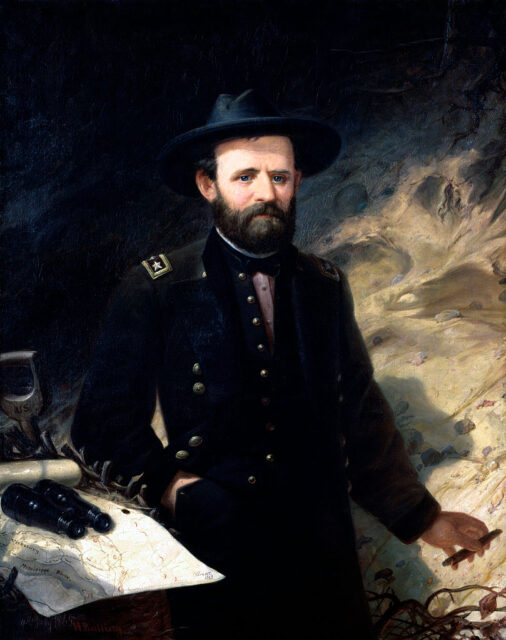
In December 2022, on the 200th anniversary of his birth, Ulysses S. Grant received a posthumous promotion to the rank of 6-star general. The provision that granted him the honor, which was part of the 2023 National Defense Authorization Act, was passed by the US Congress and signed by President Joe Biden, much to the delight of military enthusiasts.
More from us: Battle of Tannenberg: Annihilation of the Russian Second Army
With the promotion, Grant became just one of three individuals to hold the title of General of the Armies of the United States. It’s unknown if we’ll ever see a fourth person receive the prestigious rank.
